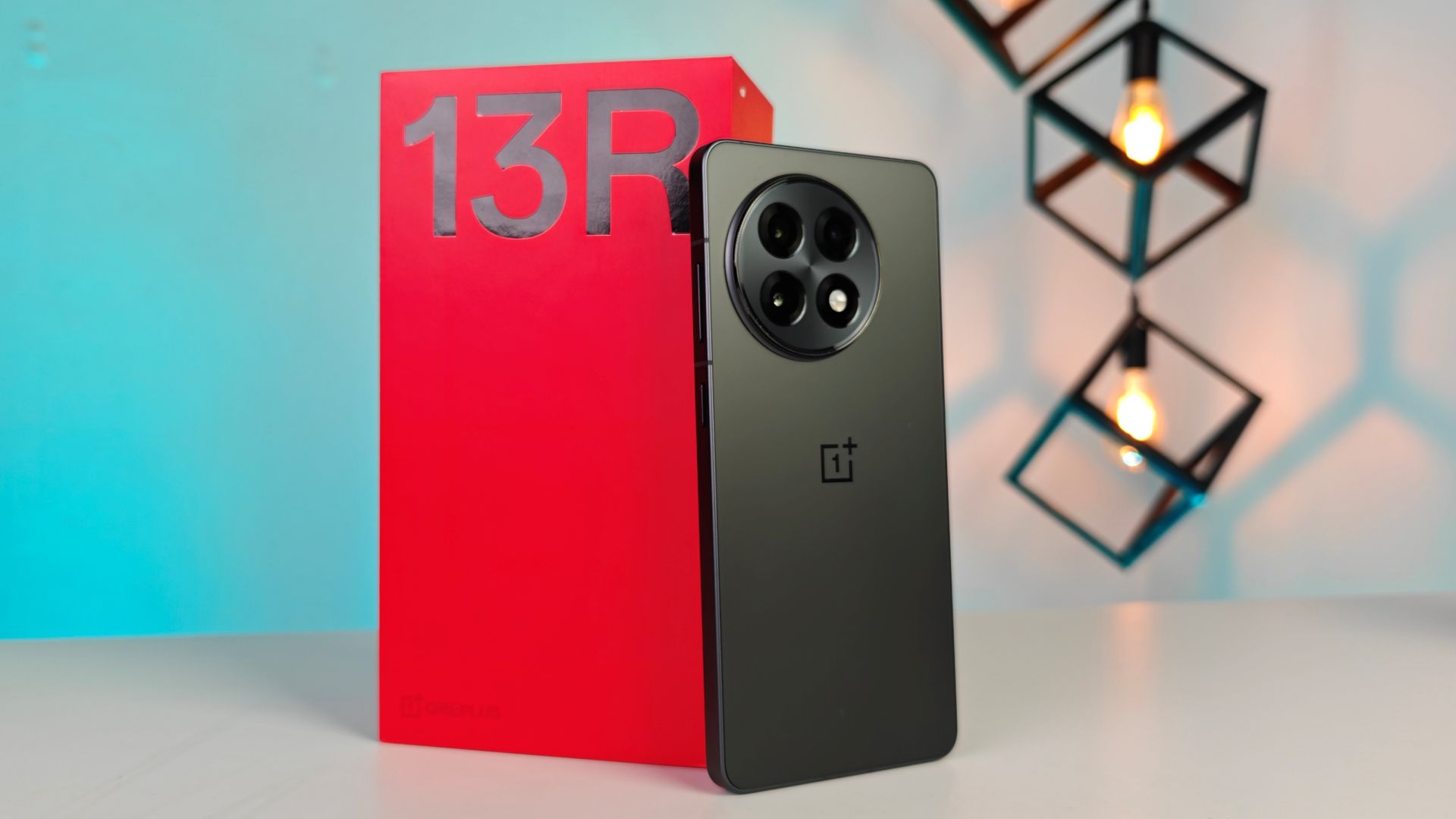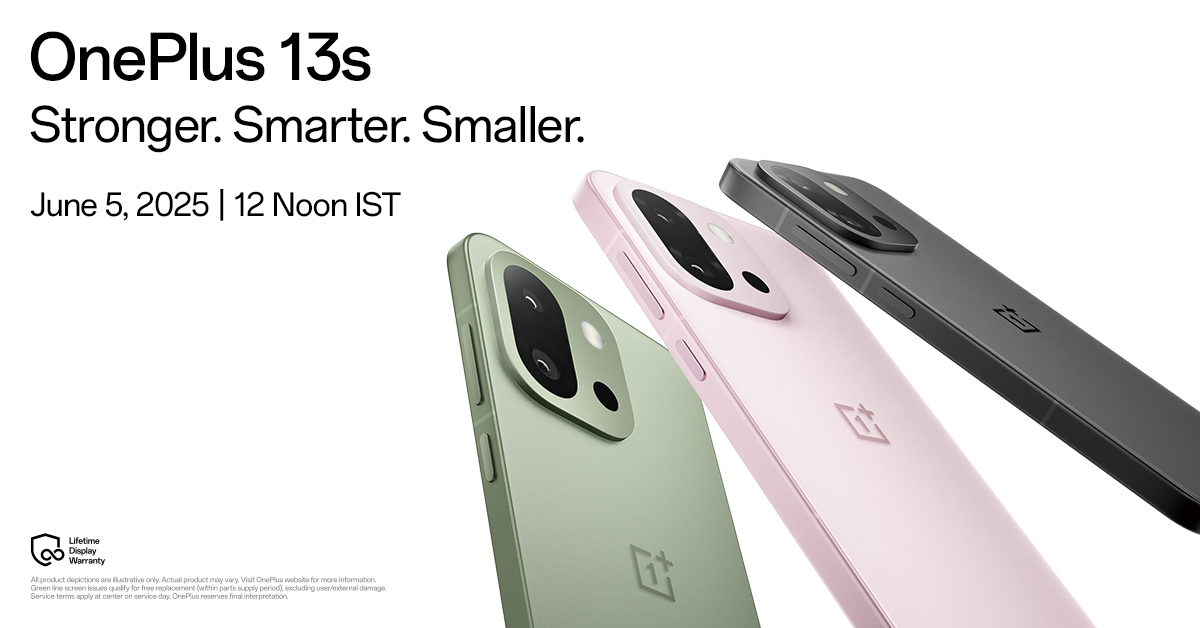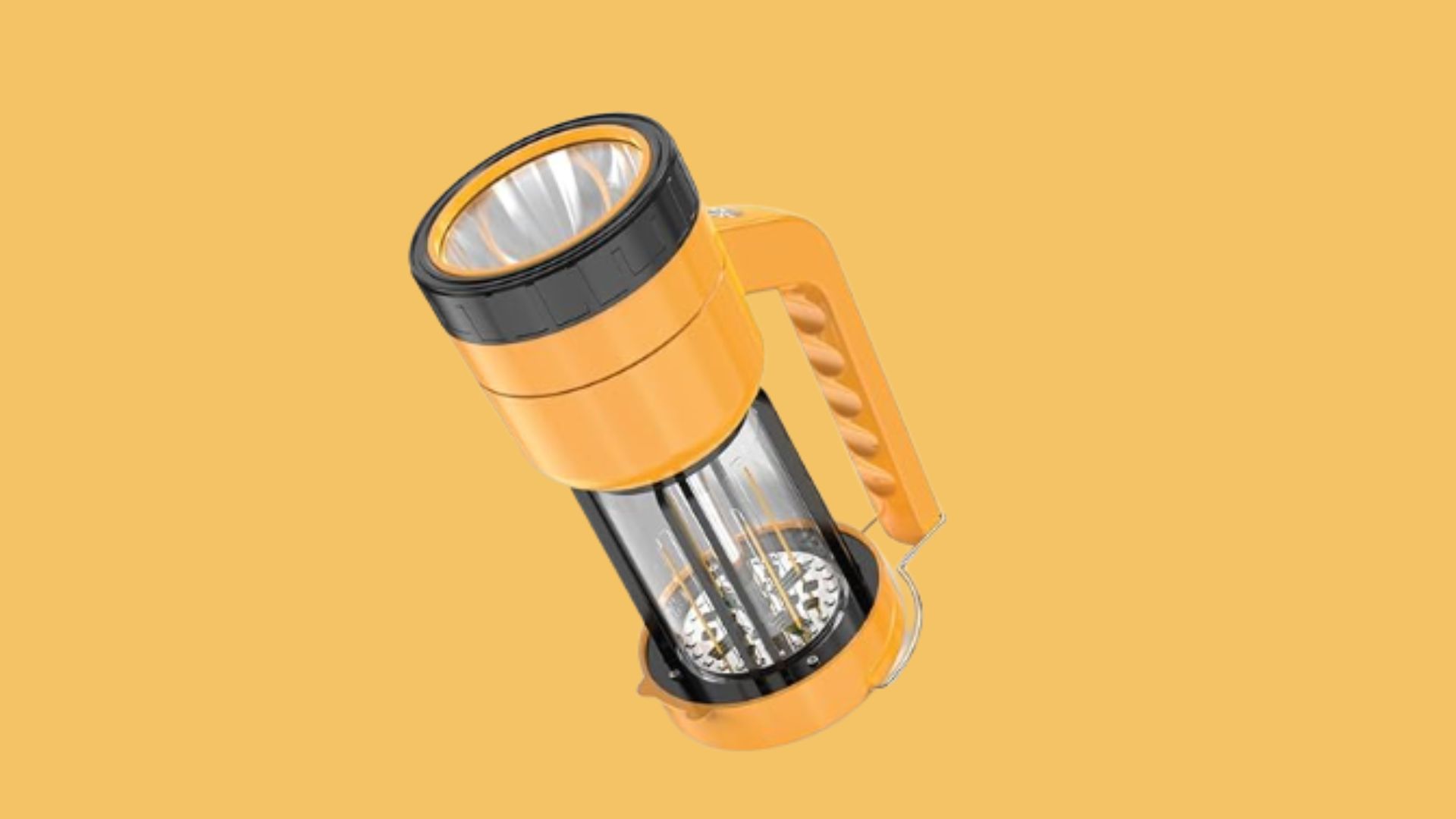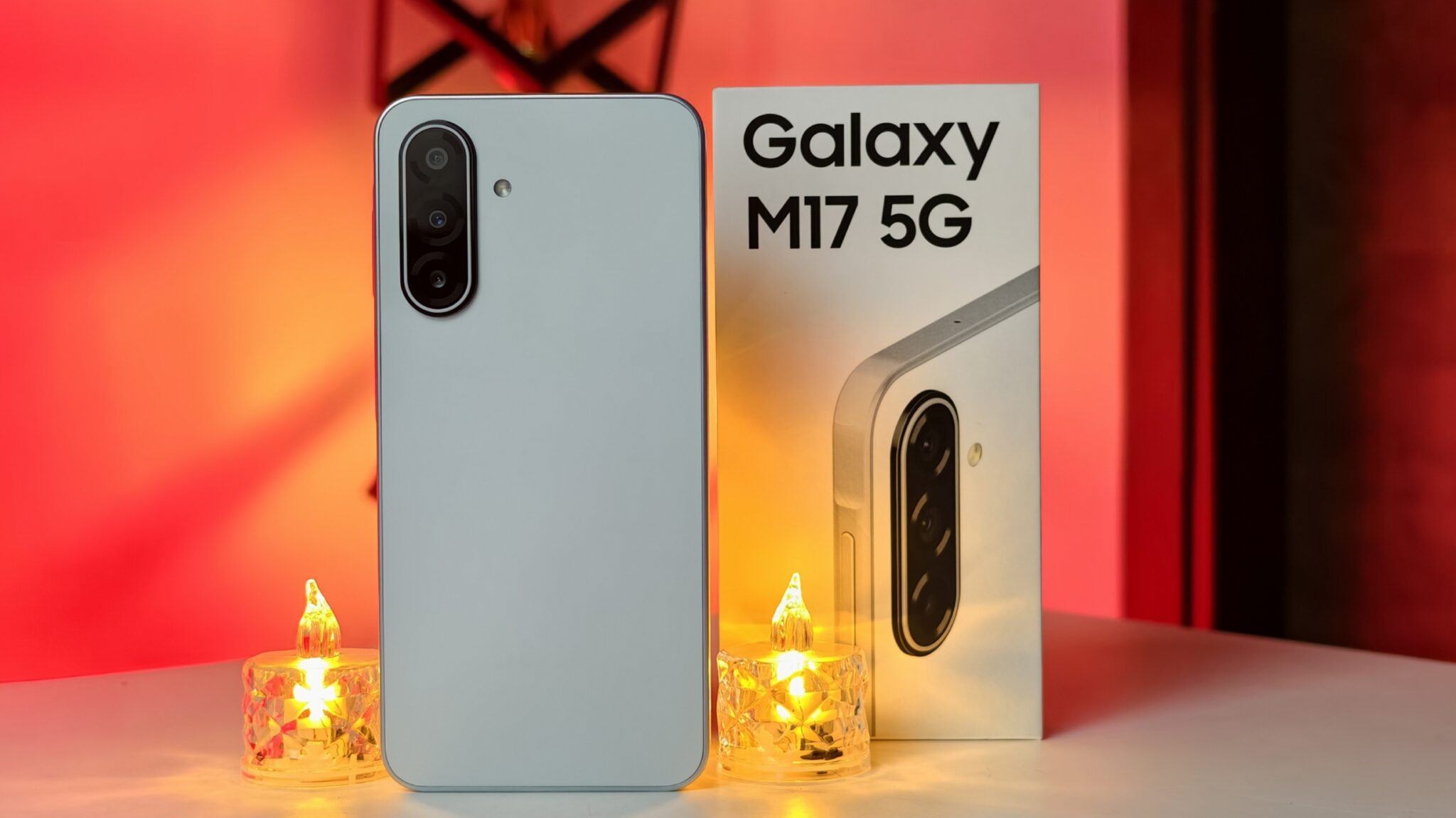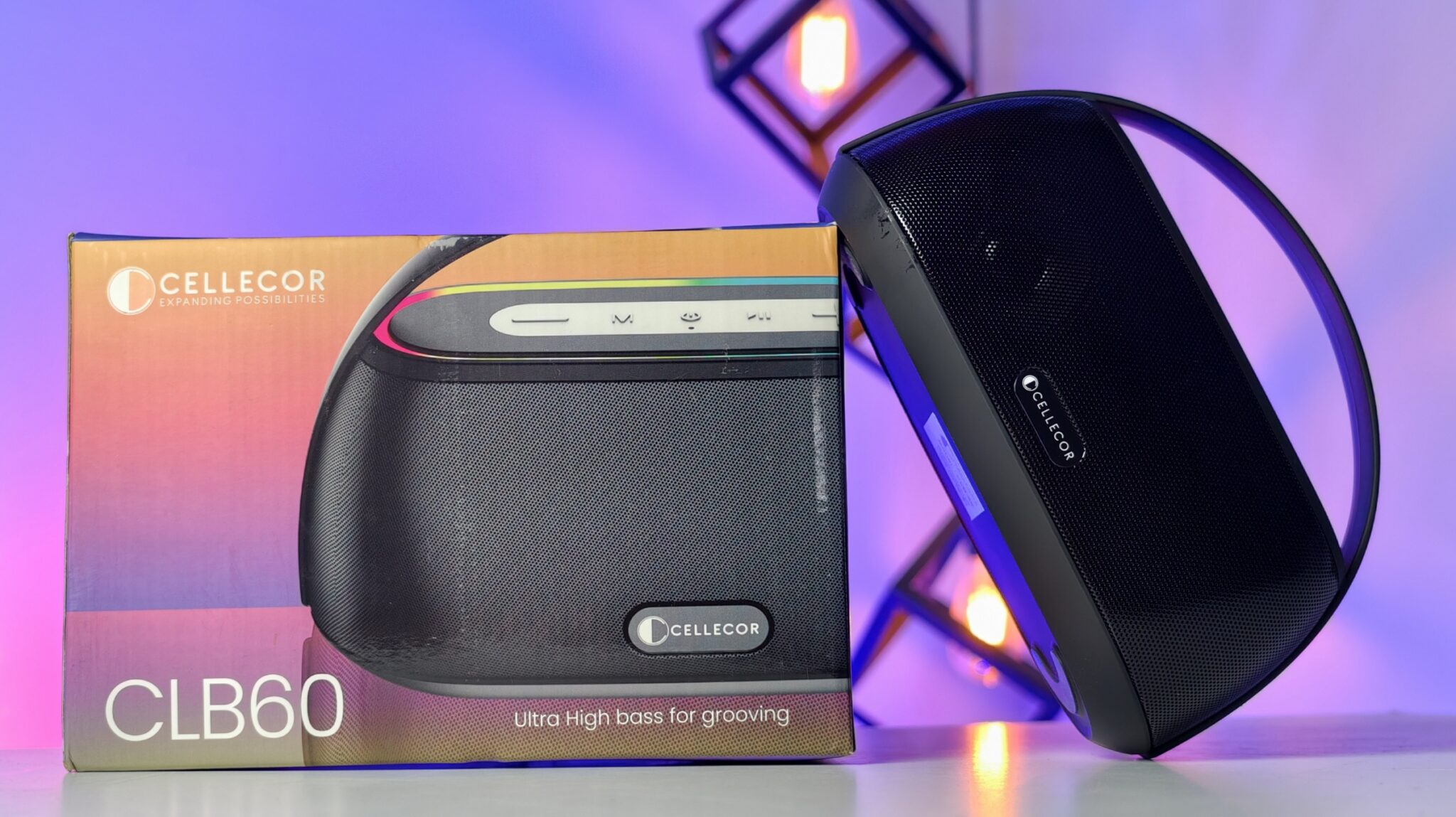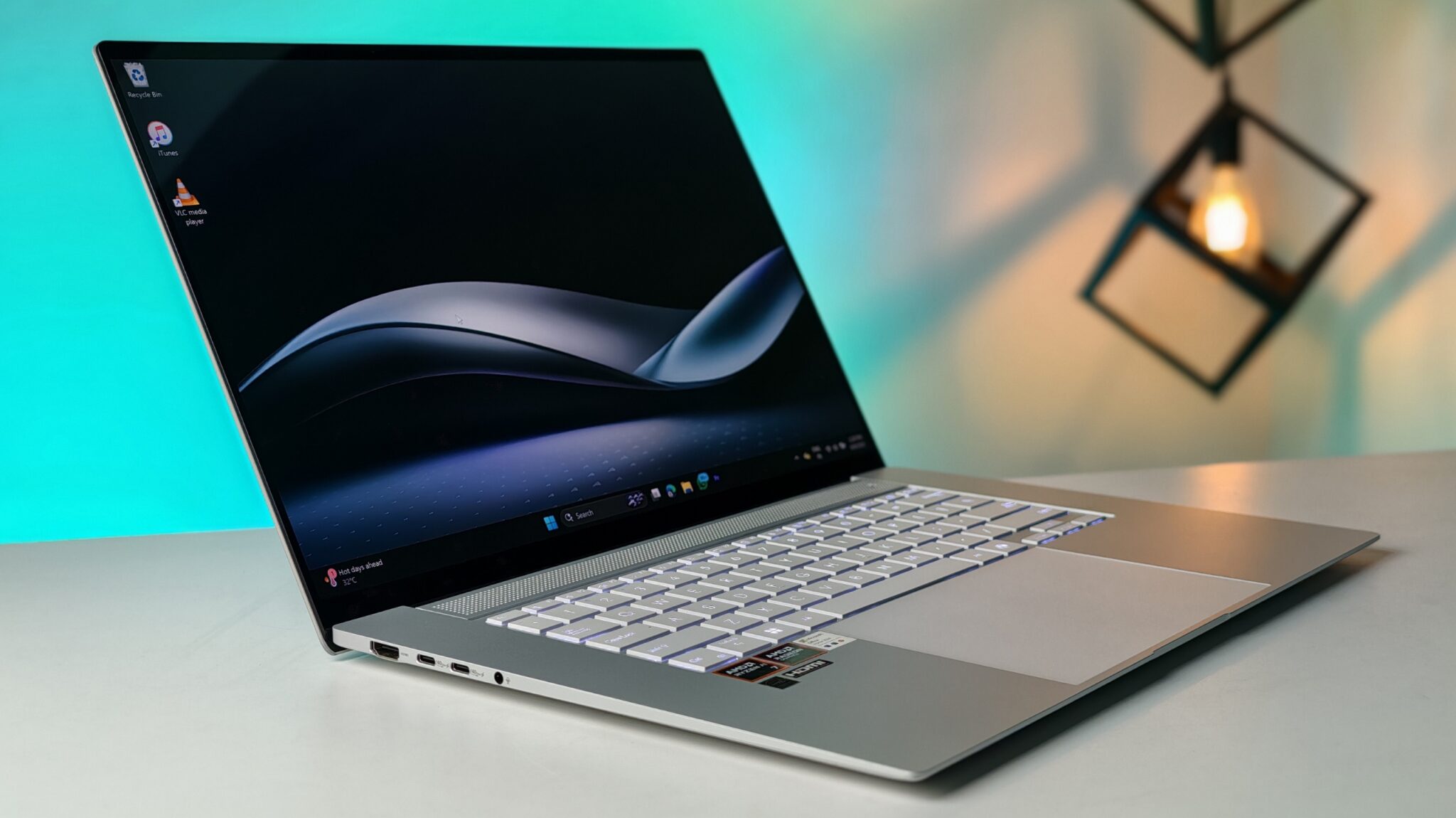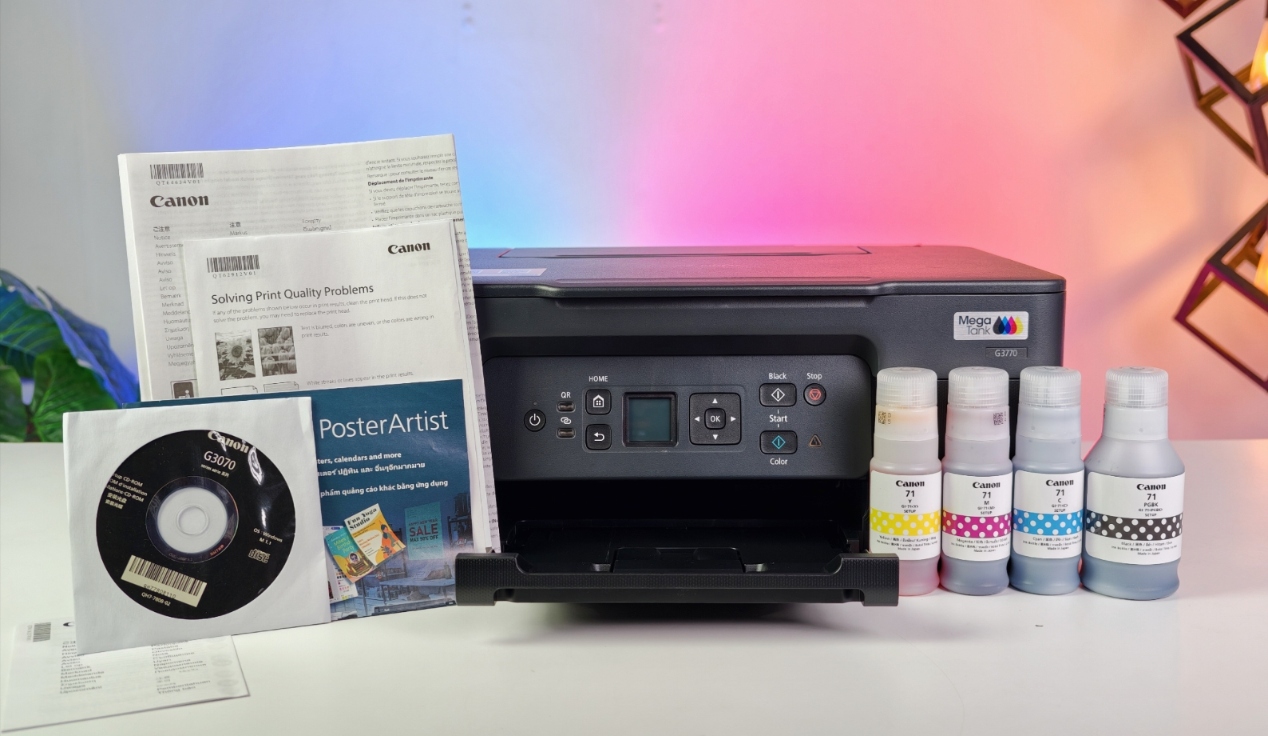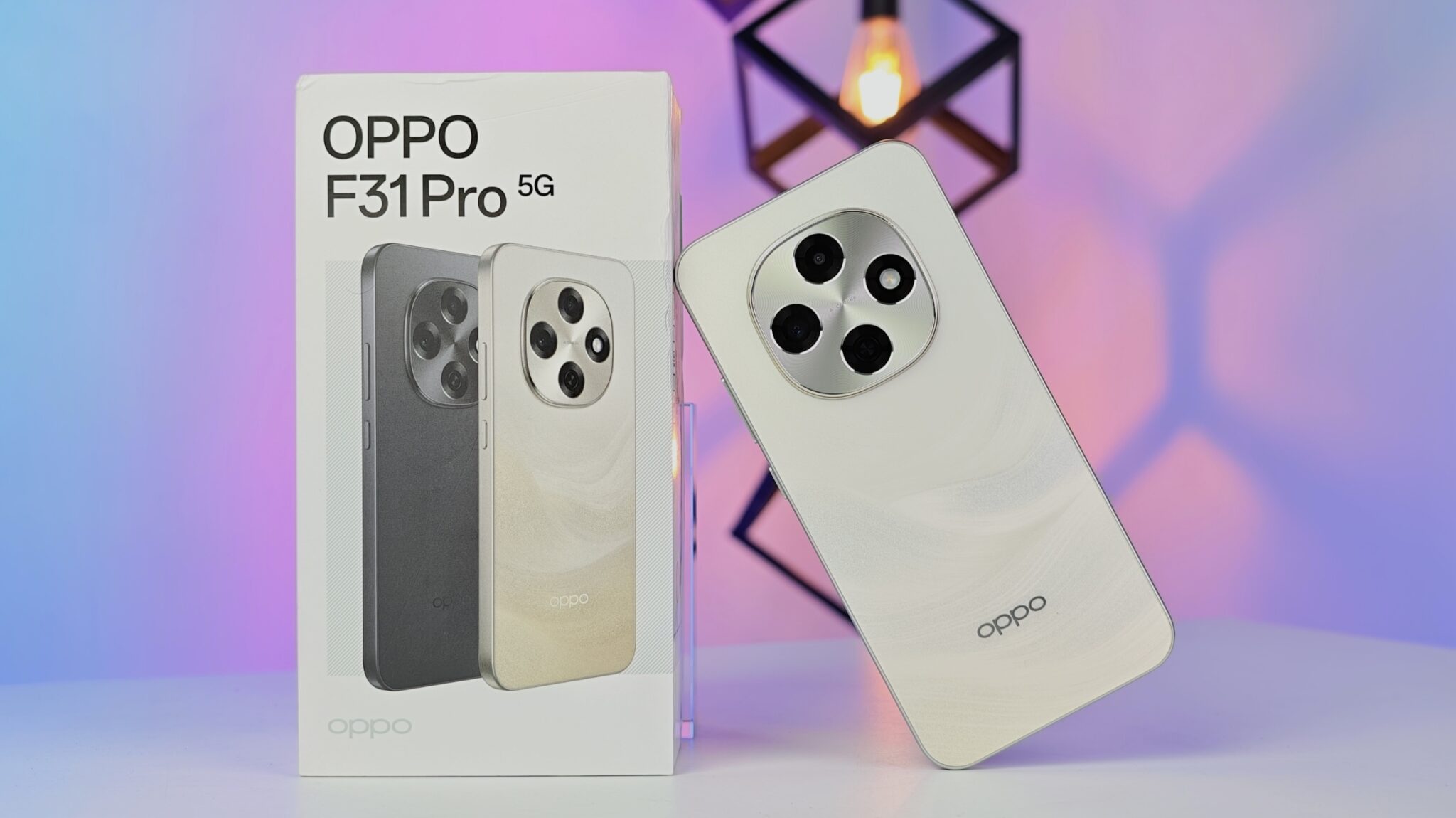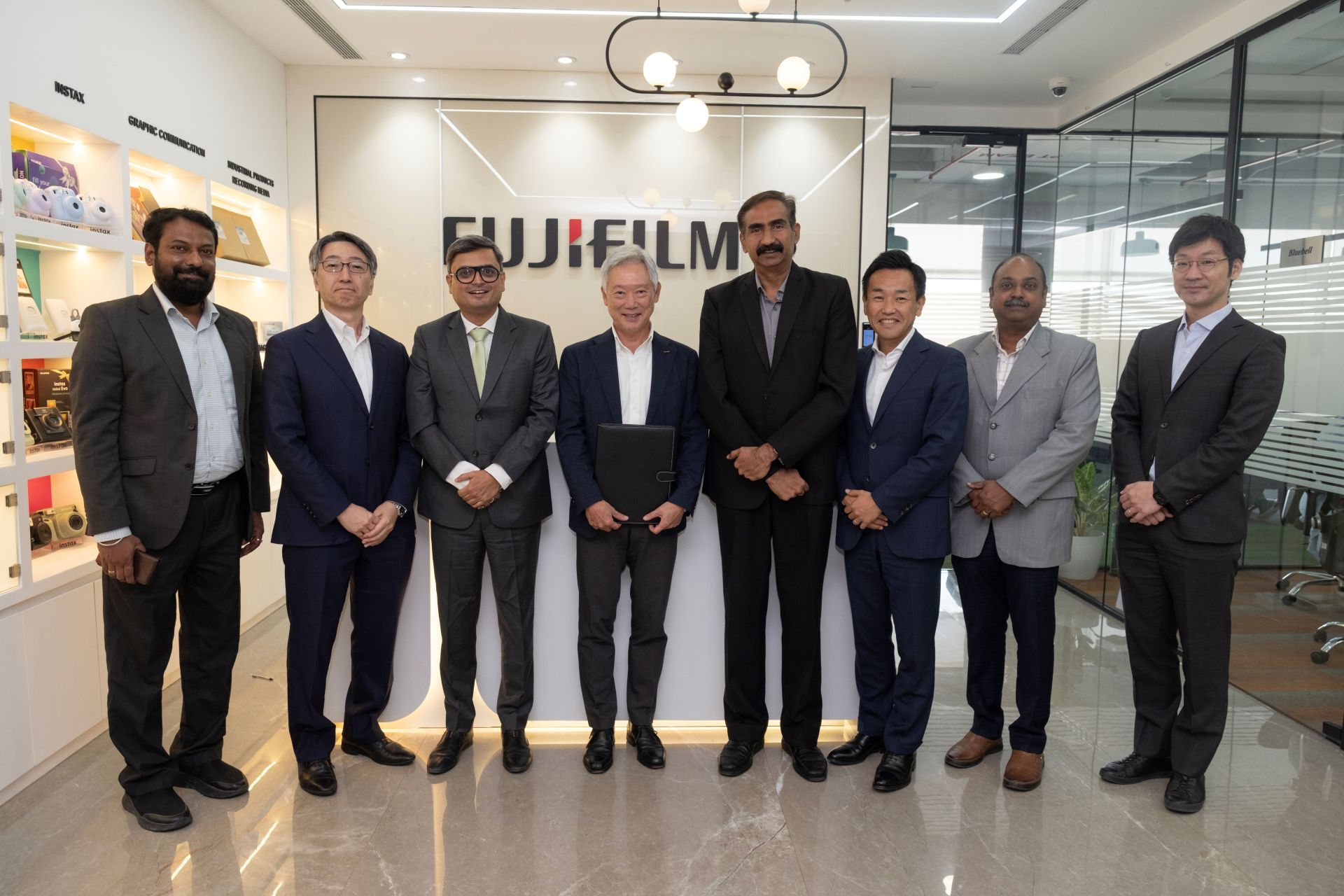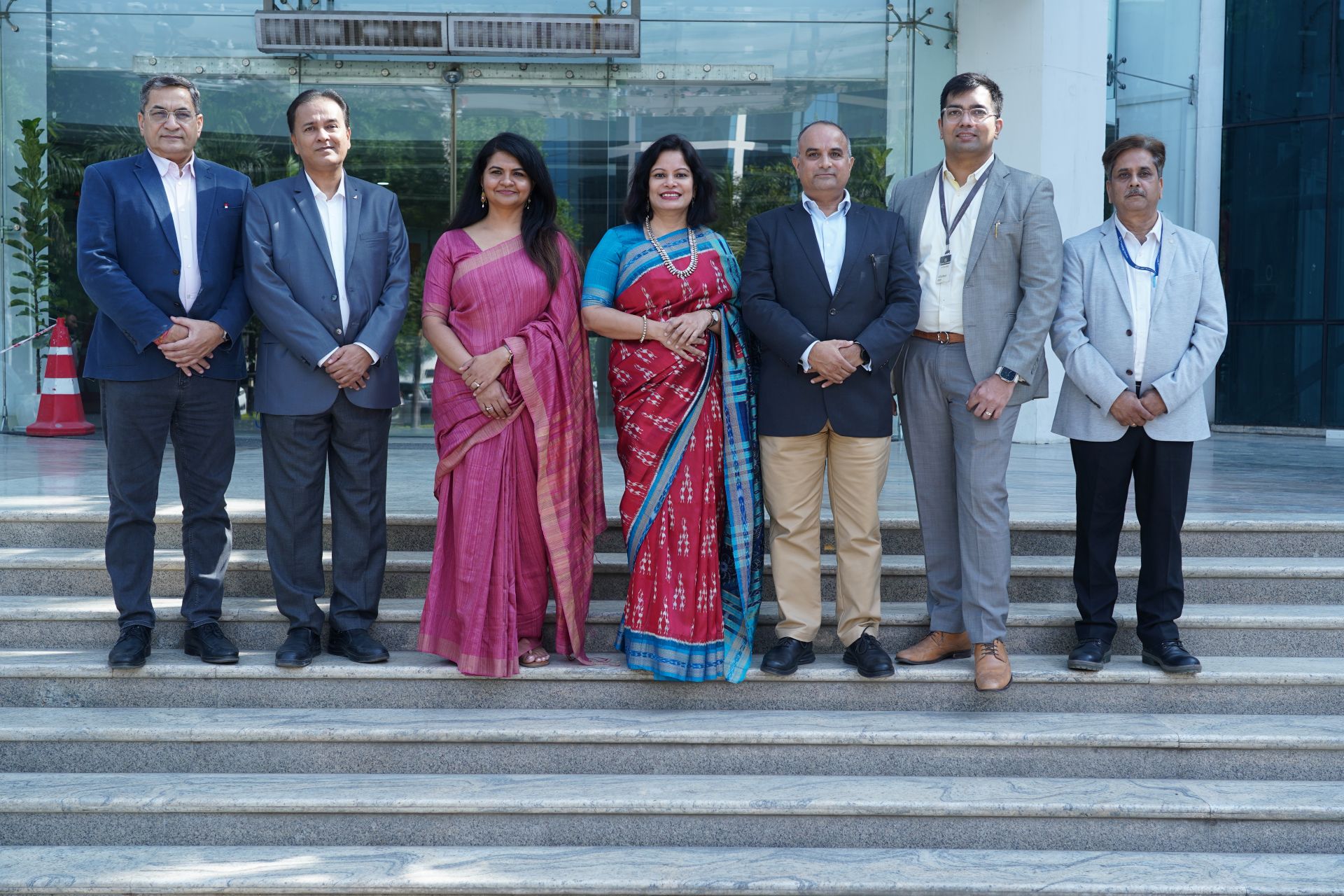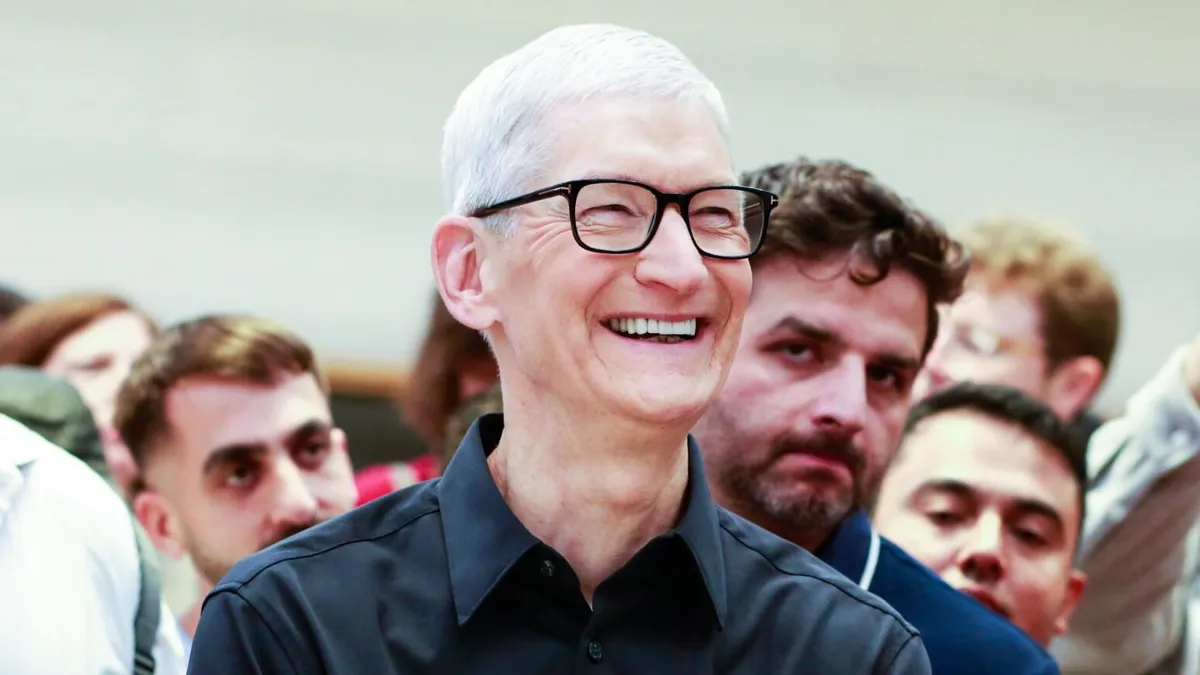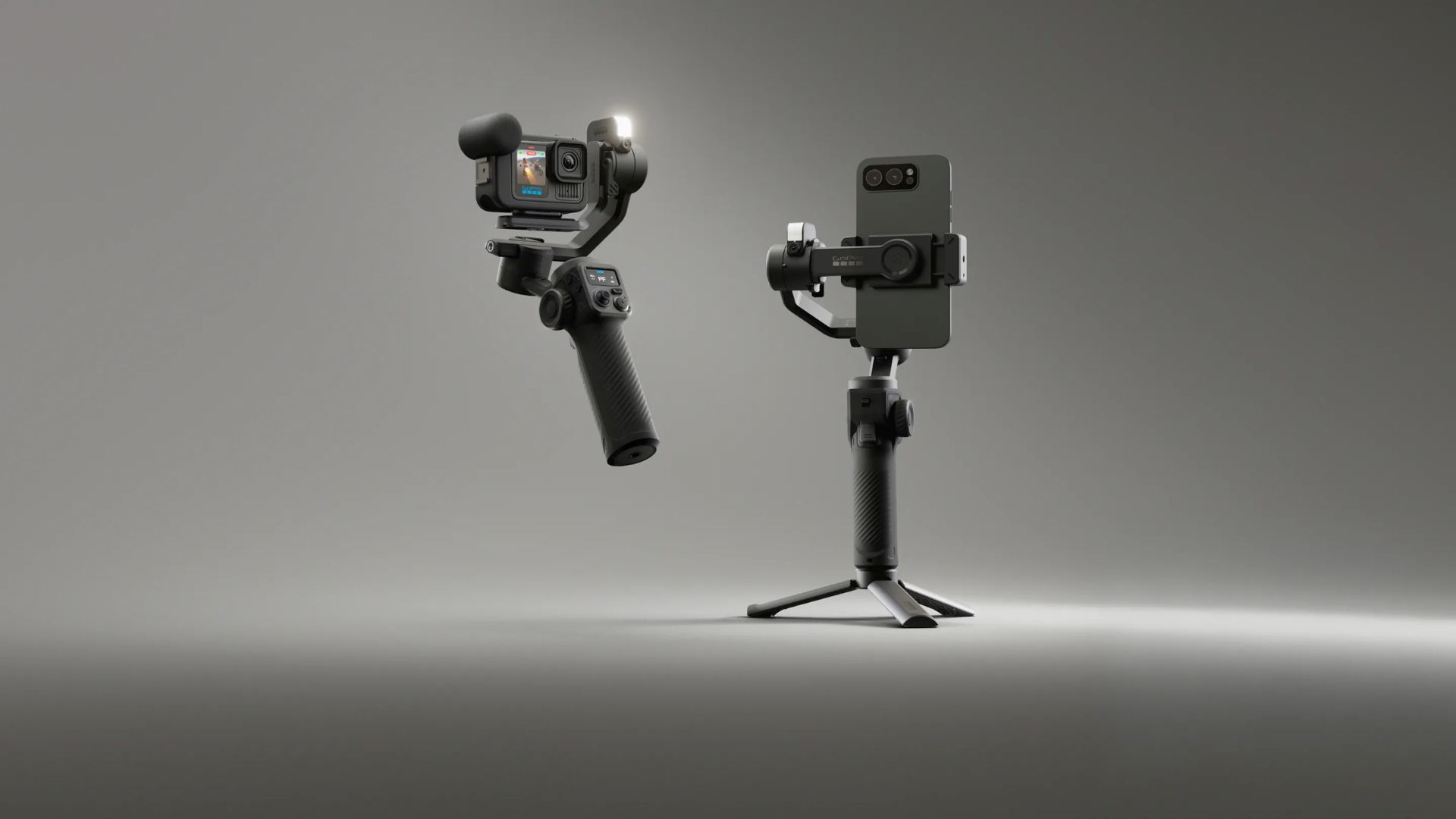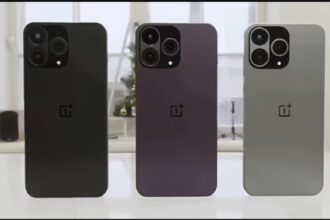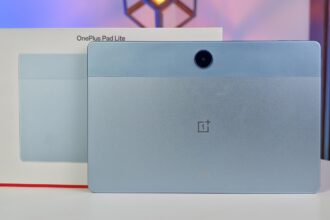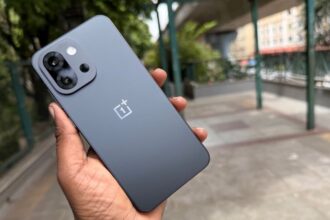Mobile gaming asks much of a smartphone. Players want fast performance, sharp visuals, quick responses, and sustained power without getting too hot. The OnePlus 13R arrived recently, aiming to meet these needs for the mobile gaming community. Launched on January 7, 2025, as part of the new OnePlus 13 series, the OnePlus 13R brings specific hardware choices focused on delivering a strong gaming experience.
Here are some of the main features OnePlus highlights for gaming on the OnePlus 13R:
The Engine: Snapdragon Power
At the core of any high-performance smartphone lies its main processor. The OnePlus 13R uses the Snapdragon 8 Gen 3 Mobile Platform. This processor contains multiple cores working together, designed to handle complex computations quickly.
For mobile games, this translates to faster loading times, smoother rendering of detailed graphics, and the ability to run demanding titles at higher frame rates. The Snapdragon 8 Gen 3 includes a powerful graphics processing unit (GPU), the Adreno 750, which handles the visual output. A capable GPU is crucial for displaying the detailed textures, lighting effects, and complex environments found in many modern mobile games without stutter or delay.
This processor is built on an efficient manufacturing process, aiming to deliver high power while managing energy use. A phone’s processor largely determines its peak performance, setting the stage for what it can handle during intense gaming sessions.
Built for Smooth Play: The Gaming Engine
Beyond the raw power of the processor, software plays a significant role in tuning performance. The OnePlus 13R incorporates what the company calls a HyperBoost Gaming Engine. This system includes features like a CPU Scheduler.
A CPU scheduler manages how tasks are assigned to the processor cores. The HyperBoost Gaming Engine’s scheduler aims to prioritize gaming workloads, helping to keep frame rates stable during gameplay. Frame stability means the visual flow on the screen stays consistent, avoiding sudden drops that can disrupt the experience, especially in fast-paced competitive games.
Another feature mentioned is frame interpolation technology. This technology can create intermediate frames between the frames generated by the game or GPU. By inserting these extra frames, the phone can present a higher overall frame rate to the user, potentially making motion appear smoother. OnePlus highlights its use to achieve 120 frames per second (fps) in certain games like BGMI (Battlegrounds Mobile India) without compromising picture quality. Running games at 120 fps can provide a visually fluid experience, allowing players to react quickly to on-screen action.
Seeing the Action Clearly: The ProXDR Display
The display is the window into the game world. The OnePlus 13R features a 6.78-inch ProXDR display. A key specification for gaming displays is the refresh rate, which measures how many times the screen updates per second. A higher refresh rate results in smoother motion.
The display on the OnePlus 13R offers a dynamic refresh rate from 1Hz up to 120Hz, utilizing LTPO 4.1 technology. This means the display can adjust its refresh rate automatically based on what is happening on screen. For static content like reading, it can drop to a very low refresh rate (1Hz) to save battery. During fast motion or gaming, it can ramp up to 120Hz. This dynamic adjustment helps balance performance needs with battery life.
A 120Hz refresh rate ensures that motion appears smooth. In games, this means character movements, camera pans, and on-screen elements update more frequently, reducing motion blur and making tracking targets easier. The ProXDR display also suggests good color accuracy and brightness, important for visual immersion and visibility in different lighting conditions. The touch response rate also matters for gaming; how quickly the screen registers a finger tap or swipe affects control in games. While specific touch sampling rates are often detailed in full specifications, a display designed for gaming aims for minimal input lag.
Staying Cool Under Pressure: The Cooling System
High-performance components generate heat, and excessive heat can cause a phone to reduce its performance to prevent damage, a process known as thermal throttling. To counter this, the OnePlus 13R incorporates a cooling system.
The phone uses a Dual-Cryo Velocity Vapor Chamber cooling system. Vapor chambers are common in high-performance devices; they use the principle of evaporation and condensation within a sealed chamber to move heat away from hot components like the processor. The system has two parts, working together to dissipate heat.
OnePlus states the cooling chamber has been expanded to 9,925 mm². A larger vapor chamber surface area allows for more efficient heat transfer and dissipation. This is particularly important during prolonged gaming sessions, where the processor and GPU are under continuous heavy load. By keeping the internal temperature managed, the cooling system helps the phone sustain its peak performance for longer periods, preventing the performance drops that can occur when devices overheat. This stability matters for competitive play or lengthy gaming sessions.
Powering the Play: Battery and Charging
Running demanding games at high settings and high refresh rates consumes battery power quickly. The OnePlus 13R comes equipped with a substantial 6000mAh battery. A large battery capacity means the phone can power components for a longer time before needing a recharge.
For gamers, a 6000mAh battery provides hours of playtime, reducing the need to stay tethered to a power outlet. This allows for gaming on the go or extended sessions away from a charger.
When the battery does run low, fast charging is essential to minimize downtime. The OnePlus 13R supports 80W SUPERVOOC charging. High-wattage charging technology allows the battery to replenish a significant amount of charge in a short time. OnePlus states this can charge the phone back to 100% in just 52 minutes. Rapid charging ensures that even if the battery is low, a short charging period can provide enough power for another gaming session, keeping players in the game rather than waiting for the phone to charge.
A Device for Dedicated Gamers
The combination of the Snapdragon 8 Gen 3 processor, HyperBoost Gaming Engine, 120Hz ProXDR display, Dual-Cryo Velocity Vapor Chamber cooling, and a large 6000mAh battery with fast 80W charging suggests a device built with mobile gaming in mind.
These features address key areas important to gaming performance: processing power, visual smoothness, thermal management, and battery endurance. Whether playing graphically intensive adventure titles or reaction-dependent competitive games, the hardware aims to provide a stable and responsive experience. The OnePlus 13R offers a set of specifications tailored to the demands of current mobile games.


